What is the Difference Between Anime and Traditional Animation
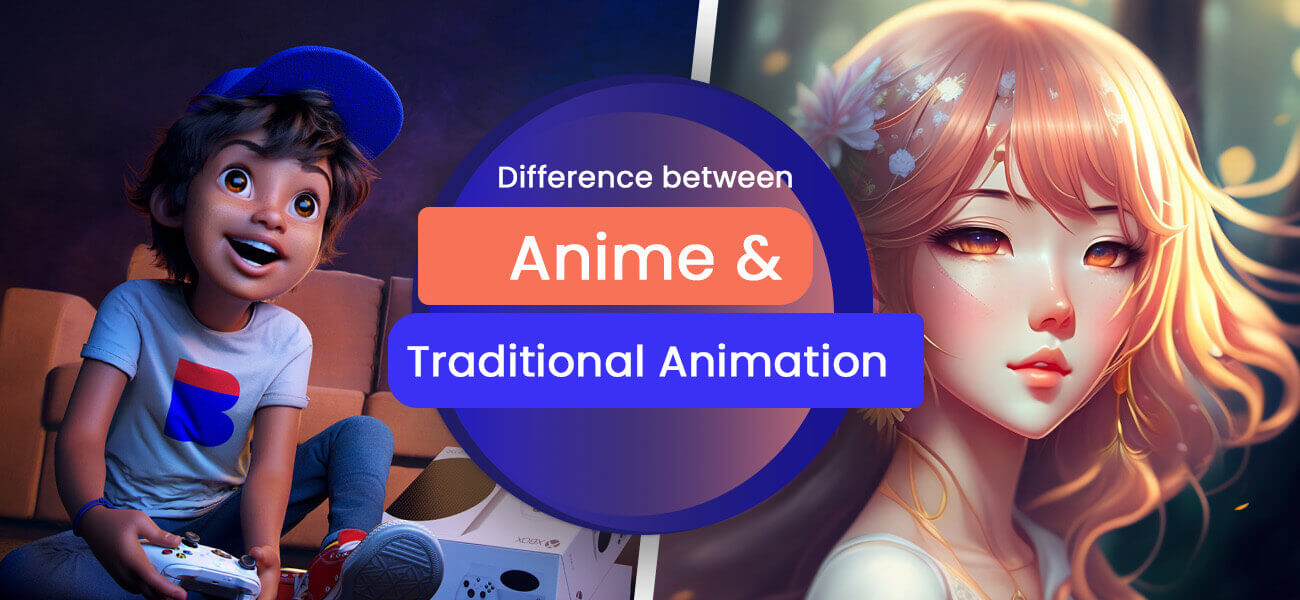
Anime vs Animation differs in the sense that character motion is the main object of attention in animation whereas anime focuses on characters and design settings.
Animation enables showcasing of motion on screen through the display of a series of static images, with minimal differences, quickly. The Japanese animation style is called ‘Anime’.
What is Anime?
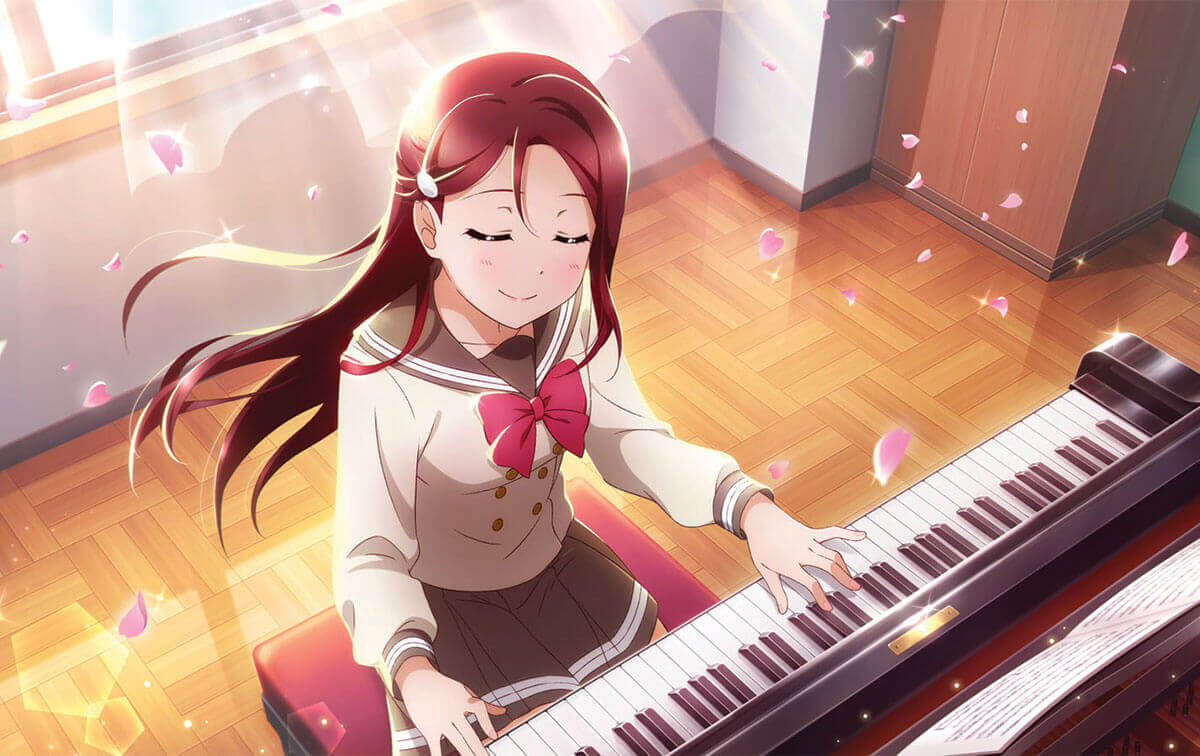
Anime is a particular style of cartoon that is created with the inspiration of Japanese animations. Most people in Western Europe or North America consider anime to be a cartoon. Although the nature of display of anime and other cartoon we watch are similar, Anime defines the pronounced sketches of physical characters. These characters have balanced and controlled movements and gives a realistic feel. Anime came into being in the 1960s with its distinctive style of art through the creative efforts of Osamu Tezuka.
While discussing ‘what is anime?’, we must understand that spectacular visual effects add glamor to anime. Artistic details, characters, and settings are done carefully.
Some of characteristics of Japanese anime are
- Large eyes with reflections underneath for characters
- Thin and elongated bodies of the character
- Usage of an extensive array of shades and colors to enhance art’s attraction
- Attractive and realistic portraying of clothes, bodies, and faces of characters
Another difference between anime and animation pertains to subject matter and content. Anime is not meant for children alone. As it caters to adults also, complex and important subject matters can take centerstage in anime. Violence and adult content are also depicted in anime. In anime, the motion is less compared to other animation types. Due to the difference in motion style, especially more fluidic style, animes can have more detailed character designs.
What is Animation?
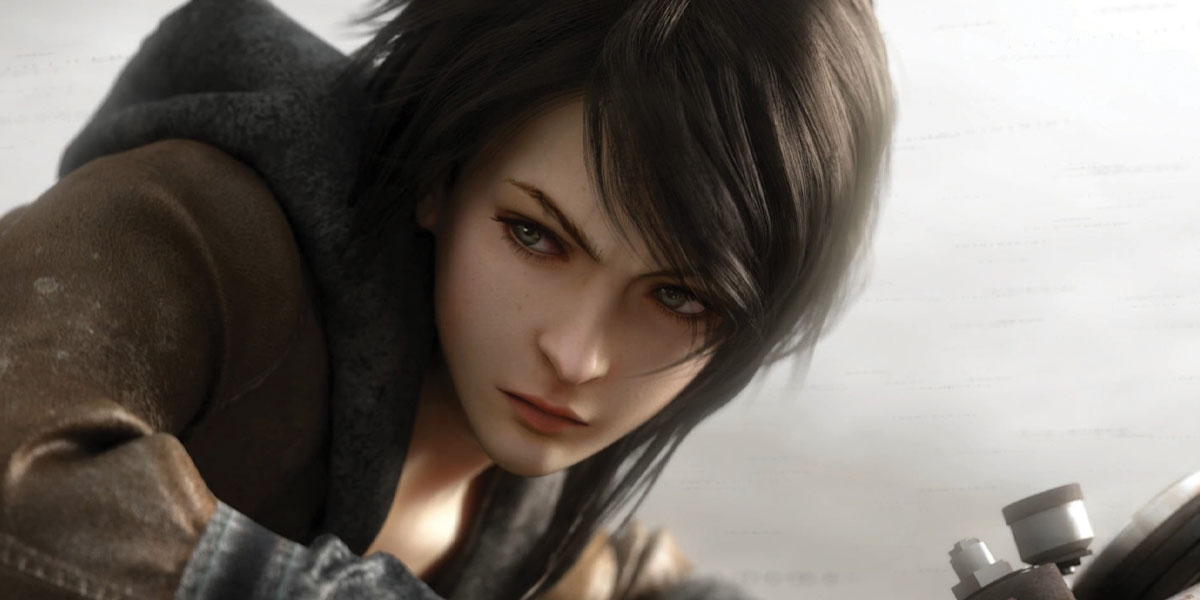
Animation is the process of rapidly running multiple sketches one after the other giving the illusion of movement. Animation is more focused on the non-naturalistic motion and movement of the characters, which are far beyond reality with unusual physical outlooks.
You might remember the animated movies like Tom and Jerry, Scooby-Doo, etc. They focus on children and pre-teenagers primarily. Adventures and humor dominate its content. Exaggeration of characters and their motions is done for inducing comical effects. Anime and computer animation differs in the sense that has an abundance of animated motion.
What are the Major Differences Between Animation and Anime
-
Animation Style Differences
Human character design in animations are slightly different from that of cartoons or a comic book. The same is applicable for animes too. Characters have particularly large eyes with underlining shadows, detailed coloring, smaller noses, and mouths represented by a single line (or two). If the mouth is made broader, then also fewer lines are used for depicting it.
Characters are shown from different angles. Lines are slender and flowing. More details are added to hair, clothes, eyelashes, etc. Variations of colors and shades are used. For adding depth, reflections and shadows are used. More attention is focused on non-outlined highlighted areas.
In animation, the characters are comical or exaggerated in nature. Details are lesser. Attention is paid to showcasing style in an understated or subtle mode. Shading is used more in dramatic scenes. Solid block colors are preferred. Animated motion is more. Frame by frame is done.
In anime, shortcuts are employed instead of extensive animation. In long scenes, the character’s mouth and hair movement is shown while key info is delivered. For showcasing rapid motion, the character is transfixed in an action pose, and the background moves or changes in style. Backgrounds are patterned and dramatic still shots are used. The monologue is accompanied by some moving symbols revealing emotions. Sequences and shots are reused.
The difference between anime and traditional animation is that better attention is paid to character, settings, and background in anime as compared to animation. Western-style animations and Japanese manga animes are distinct from each other in several aspects. The unique features of anime make it so singular to the viewers and revolutionize this art genre.
-
Shots and Viewpoints of Camera
In animation, the use of straight-on camera shots is more. Dramatics and cinematic angles are used less. The scene’s mood is intensified with exaggerated camera angles, zooms, and perspectives. Focus on animation or motion in anime is less when compared to animation.
-
Differences in Content
Animation concerns itself with adventure and humor; it is directed at children.
How to Create Anime : Steps Involved in the Creation Process
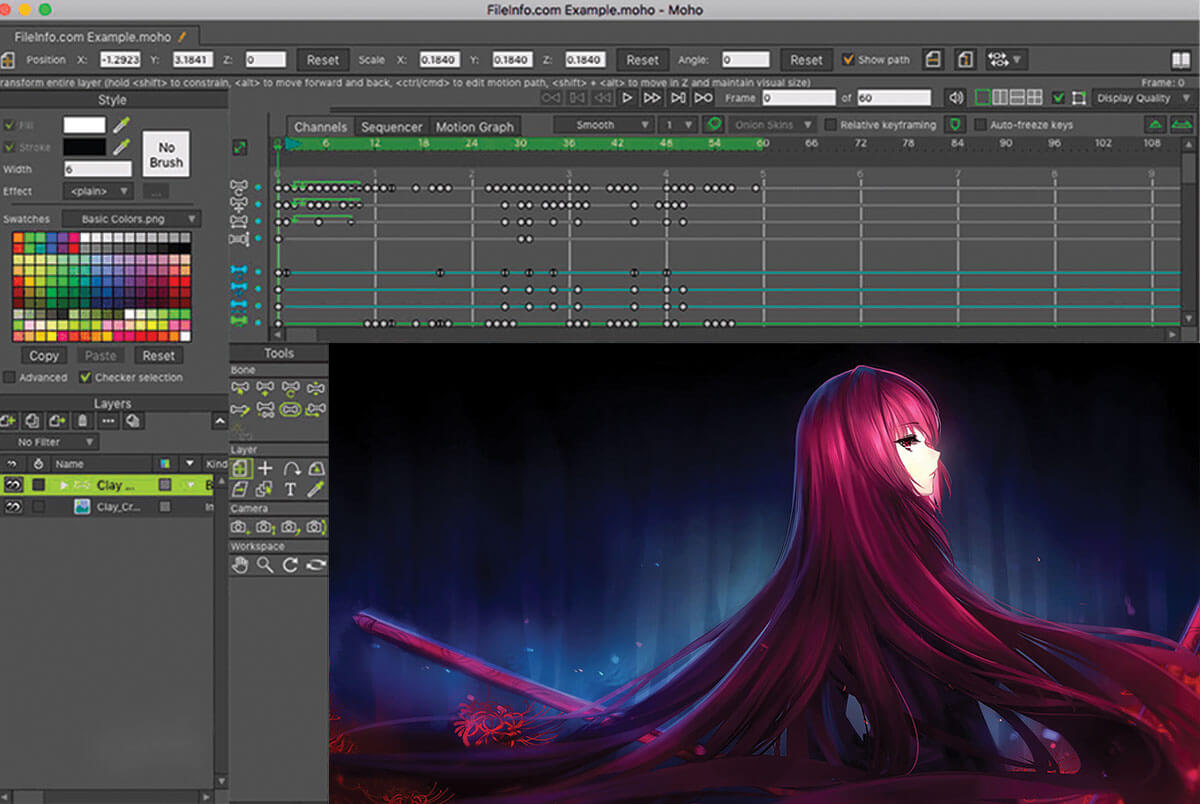
Now, that we know the anime and animation difference, let us see how anime is created.
Creating anime step by step is a work of art and not something that is to be done in a haste. Especially taking care of the fast motion, the speedy frame rates, design and setting of the characters, the exaggerated angles and shots depicting the characters’ mood, etc., all these are subtle elements that make animes so beautiful and realistic than Western animations. We have detailed the critical steps below involved in developing a visually captivating anime.
-
Writing of Script
The script is written for capturing interactions between characters, the flow of scenes, and the plot narrative.
Script writing for anime is a major challenge, as that is what determines the entire flow of the actual story. You may convert a famous manga into a full-fledged script, but first you need to analyze each of the characters, their aspirations, choose the dialogues carefully based on the characters and their back story, etc. In a nutshell, your script will decide the plot narrative and the flow of scenes.
-
Creation of Story-Board
Anime storyboard creation is another vital aspect of the entire pre-production stage of developing an anime that intends to hook the audience from the very first shot. The shot’s length, as well as camera action for each anime scene (side-to-side panning, zooming, etc.), are detailed. For each ‘cut’ (the term for the scene), the corresponding background and anime motion are described.
-
Defining the Layouts
The background for ‘cut’ is called layout. Earlier, they were hand-drawn but now are prepared digitally with software such as Adobe Photoshop.
-
Doing the Key Animation
This is one of the crucial stages in creating an anime, because here the pivotal moments of the entire story is drawn by a genga (原画 ), or a key animator. Key animation for anime serves as the production of the stop motions based on these pivotal images drawn by the animator .The keyframes of anime like start or end are drawn. The quantum of important frames is decided by the budget allocated for anime. For a low budget, the bodies of characters are kept still and the movement of the mouth is animated. If the budget is high, superlative animation known as ‘Sakuga’ is developed.
-
In-Between Key Frames for Anime
The frames lying within the keyframe need to be of high quality. Hence, skilled animators from outsourced firms are assigned the task of producing high-quality frames. In the storyboard, the number of intermediate frames is mentioned as a keyframe.
-
Compositing
Here, color palettes are selected for digitally coloring the sketches in black and white. Compositing in anime is another vital stage wherein the various art assets and props are digitally placed, colors are corrected, animations and special effects are further enhanced, and so on. In short, compositing brings a visual harmony to the frames of the animation.
-
Adding Special Effects
You can add a glow around a character or transitioning effect, make an object shine, or imitate real-life effects with special effects. CGI (computer generated imagery) elements are also added as per the plot’s requirement.
-
Concluding Stage
Now, the voice-over of the individual characters is done and background music is added.
How to Create Animation : Steps Involved in the Creation Process
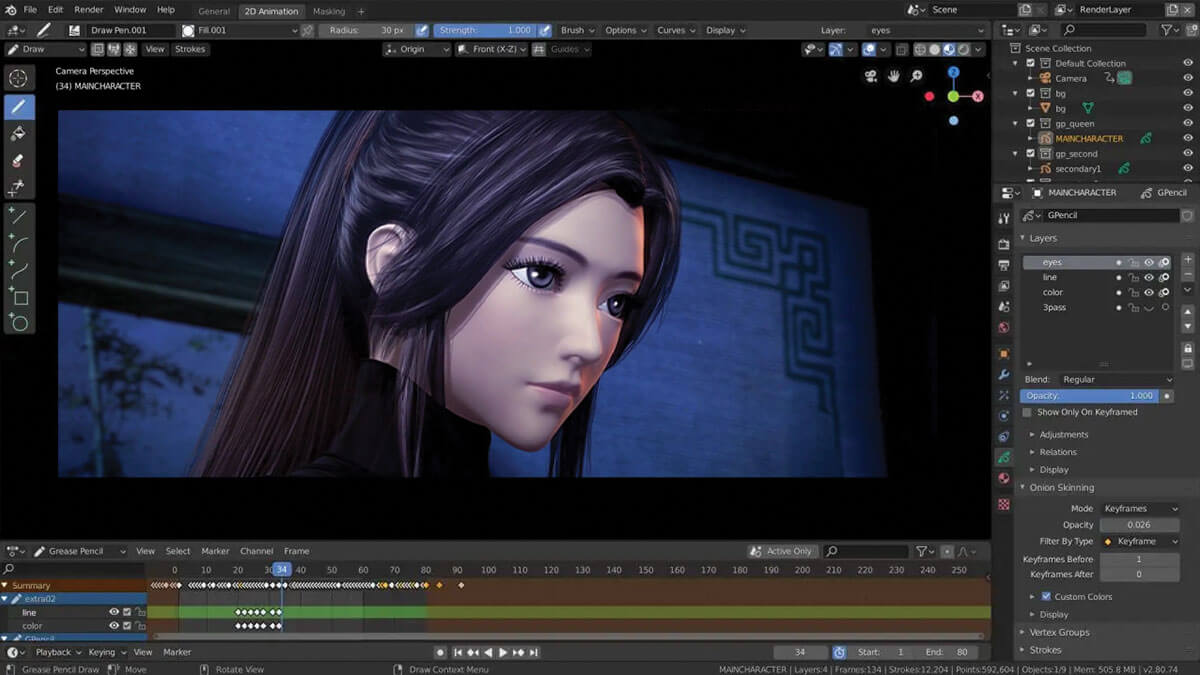
-
Reference Video Creation
For creating a compelling 3d modeling character, you have to analyze physical actions. It is better to observe an action than to assume it.
-
Creating Key Poses of Shot
The most important shot poses are used for conveying the story. The poses must be accurate as the remaining animation would be supported on these.
-
Breaking Down Motion Further in Animation
After creating key poses, the motion for each pose needs to be broken down through the addition of in-between or passing poses. Such poses interconnect key poses in animation. For streamlining poses, add a maximum number of poses without causing the poses to be interpolated. If interpolation happens, the motion would be blocky.
-
Splining in Animation
Here, the interpolation of keys is converted from stepped mode to spline. The 3D animation software smoothly connects the motion between each pose. For seamless results, you must add the optimum number of intermediate poses between key poses.
-
Cleaning Up The Curves
Cleaning up curves in animation is mainly done to give the video a smooth, consistent look. It is also called "tracing" and is one of the essential processes in animation production. Once the keys are set in spline mode, the movement has to be made smoother by cleaning up the curves. For preventing all motions from appearing at once, you can offset a few actions.
-
Breathing in Life
Small imperfections are added to make the character appear realistic and lifelike. Additional blinks or twitches of the face are intermittently added.
After reviewing the animation creation process from the perspective of anime and animation, it is clear that both try to narrate a compelling story in animated mode. Conventional as well as digital 3D animation methods are used for this purpose.
The emotions and actions of characters are exaggerated in both modes with drama, background music, squashing and stretching, etc. To master the style and intricacies of both art forms, you need to dedicatedly learn them.
Frequently Asked Questions
Well, It is the Japanese culture that gave the inception for both Anime and Manga. The difference is that according to them, Manga refers to the comic novels while anime refers to the sort of animations.
Managa refers to the black and white versions of the style of illustration while anime is majorly about the storytelling and cartoons that interests the children of various ages with bright colors.
Both anime and manga share a unique style of illustration, but in some cases, manga can be the initial phases of anime as well.
To put it simpler, both Anime and Manga are similar and familiar to the audience in Japan and other parts of the world.
A cartoon refers to the cinema that is majorly composed of a kind of sequence of drawings that depict a story. On the other hand, an anime is usually highlighted with a set of bright and colorful characters and graphics to make the storytelling perfect.
However the major difference is that while anime highlights the whole new way of setting up the characters to depict them well, the cartoon tells the story with its movements. Anime originated from Japan while Cartoon hails from the USA.
So, having scrolled down to reach this part of the blog, we hope you got a fair idea of understanding the anime and animation concepts and their differences. Now, let us also make it clear that both of these have their own significance when it comes to 3D model design services. 3D modeling is very much related to animation because it defines the object movement in rendering the visualization better. We know that in this fabricated world, if you want to define the movement of the created object, you would need animation as a part of it.

